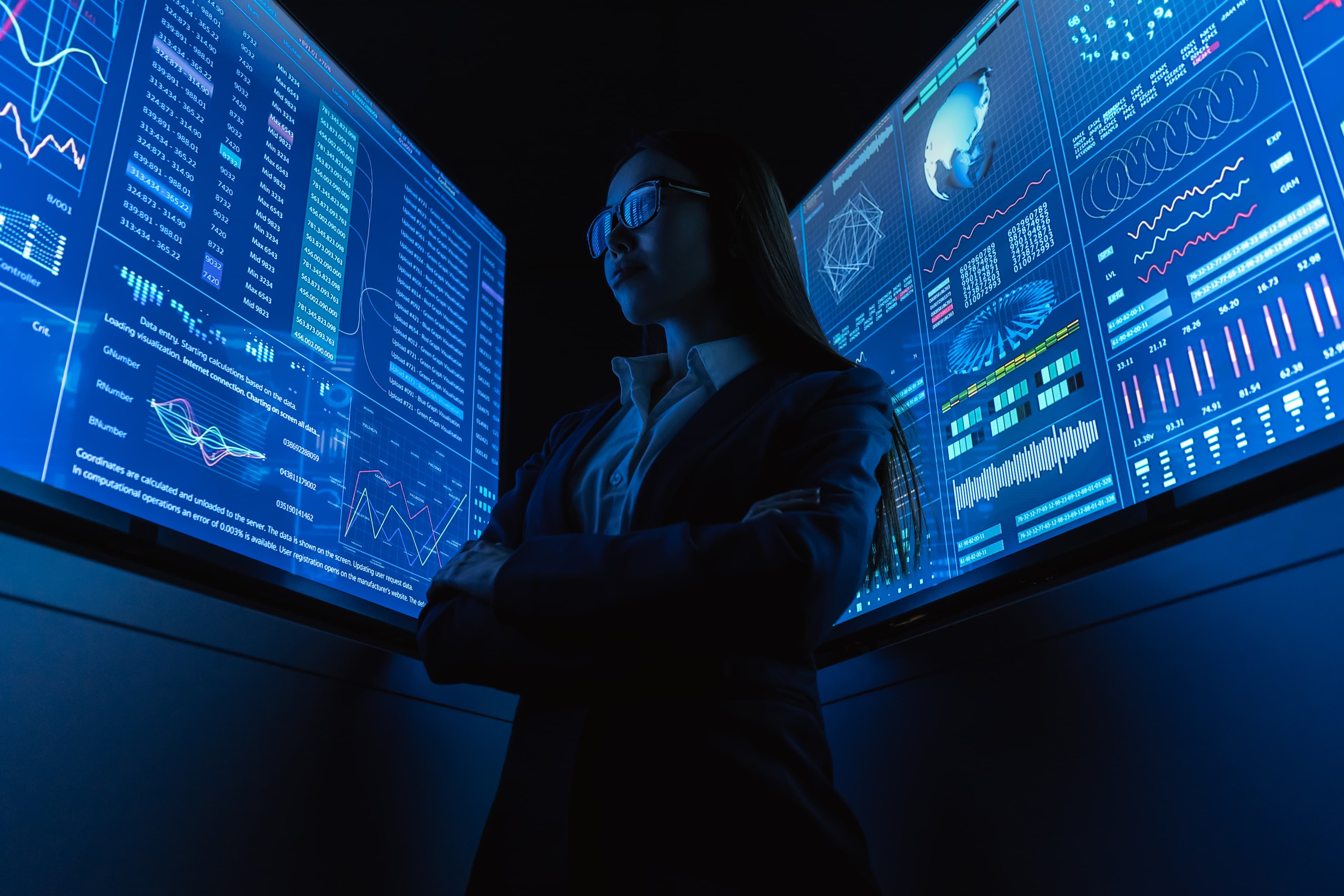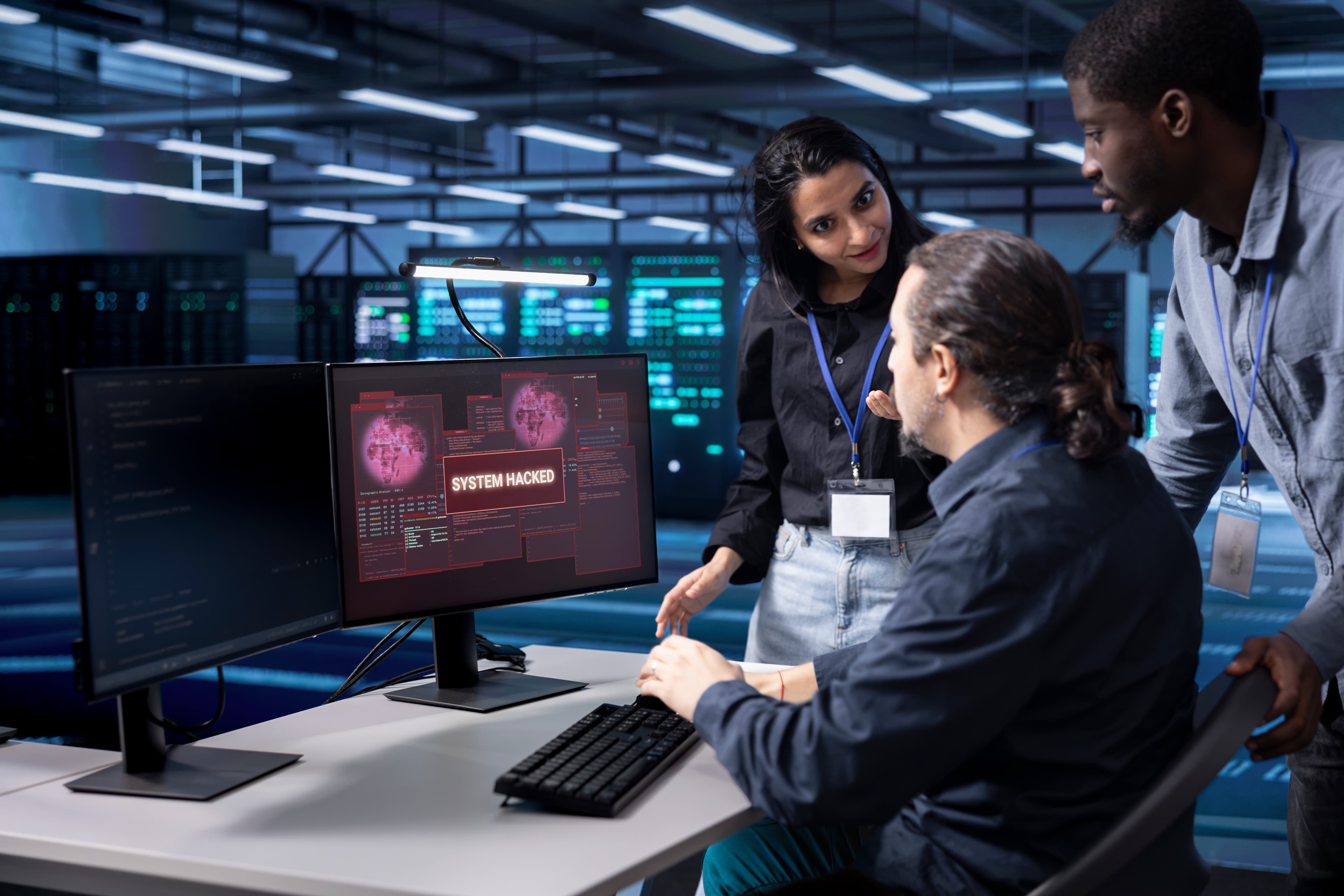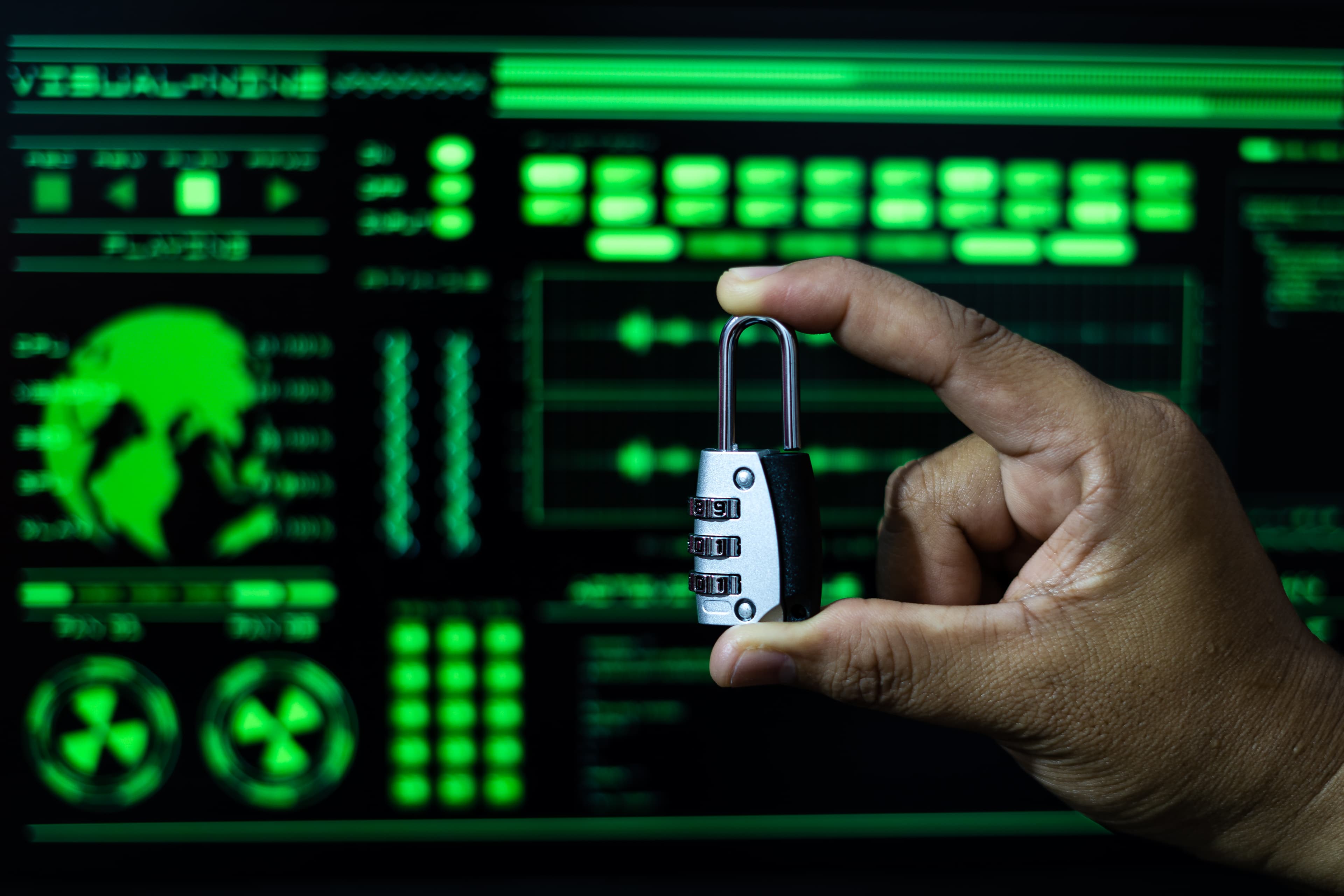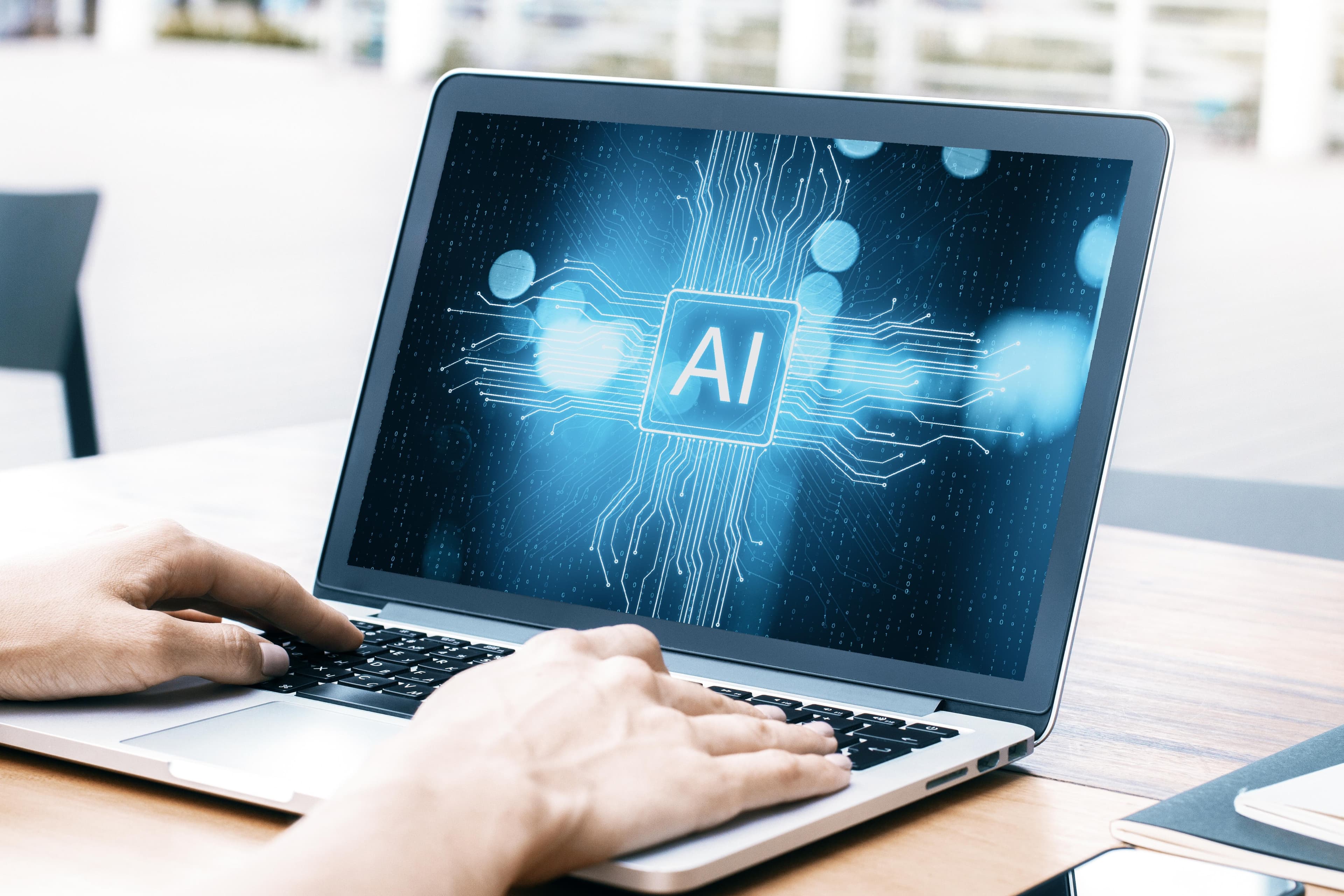August 29, 2025,
·Lev Zabudko - CPO at Nothreat,
·Read ~5 minutes
Autonomous Threat Detection: Why Manual Response Is No Longer Scalable

Cyberattacks are becoming more common - in 2024, we’ve recorded a 470% surge in never-seen-before cyber payloads with intruders distributing adversary tactics at a large scale.
However, many security operations centres (SOCs) rely on human analysts to review alerts. As alert queues increase and skilled specialists become rare, they will unavoidably encounter bottlenecks. Let's look at why the manual threat detection approach is losing relevance, how autonomous alternatives function, and what you should do right now.
The manual bottleneck
Manual threat detection is reaching its limit for three primary reasons:
-
Alert wave - companies detect thousands of security events every day but must sort through a slew of false positives before detecting genuine threats.
-
Shrinking dwell time - ransomware gangs may land, proliferate, and encrypt files in less than 24 hours. If it takes longer than that to triage, you'll never catch up.
-
Talent scarcity - the global cybersecurity workforce is short of approximately 4.8 million individuals, and this deficit expanded by 19% in 2024.
The global average breach cost in 2024 averaged at $4.88 million, a 10% increase from the previous year. While organisations that used security AI and automation reduced that figure by $1.8 million per incident.

What is autonomous threat detection?
Autonomous threat detection platforms use machine learning models to learn typical behaviour inside your company's environment. Then, they flag or prevent deviations in real time. Some important characteristics that constitute 'autonomous' detection include:
Continuous self-learning
The model adjusts baselines as genuine traffic patterns change, allowing you to spend less time adjusting static rules.
Real-time action
Instead of queuing alarms, the engine detects rogue processes and terminates malicious sessions.
Contextual correlations
The system examines network flow, endpoint telemetry, and identification signals simultaneously, detecting attack chains that other tools overlook.
Nothreat Platform (CTEM) folds this logic into the NGFW and SIEM tools you already run, giving your SOC an upgrade without a forklift replacement.

How autonomous detection differs from manual
| Problem | Manual detection | Automated detection |
|---|---|---|
| Alert volume | Analysts pore over mountains of events. | Background noise is suppressed automatically. |
| Reaction time | Minutes to hours while a human reviews | Containment in under a second with platforms like Nothreat’s AI Analyzer, an autonomous Enterprise Agentic AI framework, which is up to 15x faster than traditional incident analysis. |
| Talent gap | Hiring and training drag on. | AI stretches the staff you have. |
| Cost trajectory | Breach, labour and downtime climb. | Automation trims expenses by 40%-plus. |
Zero-day hunting with AI
Traditional threat detection methods are based on recognised compromise signs. Unsupervised and reinforcement learning are used by autonomous engines to recognise actions that'should not happen', even when no signature is present. Here’s how it works:
-
Sequence analysis compares command strings on a host to common workflows.
-
Protocol anomaly scoring identifies DNS requests carrying abnormal volumes of encrypted data.
-
Adversarial simulation feedback entails sending the results of team exercises back into the model to train it on new approaches.
Embedding AI into your existing cybersecurity systems
-
Feed your SIEM with AI insights delivered as enriched alerts rather than raw events.
-
Measure mean-time-to-respond (MTTR) – record baseline MTTR and observe the decline after automation.
-
Enable explainability – choose models outputting attack narratives that human analysts can validate.
-
Integrate the AI-powered threat intelligence like Nothreat ThreatShield into your existing firewalls to shield public-facing services first.
-
Plan for continuous tuning by scheduling quarterly reviews to incorporate new business logic into the system.
Importantly, AI-powered threat detection is not a replacement for experienced human cybersecurity experts within the organisation - instead, it helps them tackle new attacks more efficiently.

Looking ahead: how to keep threat detection systems relevant
Real-world deployments beginning in 2025 demonstrate how quickly data-driven defence is yielding results. Insights given at RSAC 2025 demonstrate how companies that combine AI-driven detection with automated containment reduce attacker stay time by more than 40% and are nearly twice as likely to interrupt a phishing chain before it extends laterally.
Financial services are experiencing comparable rapid growth. EuroFinance Bank reported an 85% reduction in attempted data breaches following the implementation of an anomaly-monitoring engine across its trading and back-office networks, as well as significantly faster incident response.
According to Gartner, AI-driven security products will power more than half of risk management software by 2025. As authorities tighten incident reporting deadlines and attackers employ generative AI, autonomous threat detection is becoming a must rather than an experimental add-on. The question is not whether to adopt autonomous defence, but rather how quickly you can deploy.
FAQs
What is the difference between autonomous threat detection and traditional manual detection?
Traditional tools match traffic against known signals, whereas autonomous systems learn normal behaviour and flag deviations, including zero-day techniques.
Can autonomous detection fully replace human analysts?
No. AI performs the legwork of triage and containment, allowing human analysts to focus on complex investigations and strategic defence improvements.
How does AI reduce false positives?
AI models use live data and trusted threat intel to stay up to date, adjust to normal changes, and quickly flag only the issues that truly matter.
Would autonomous detection work for companies in highly regulated sectors?
Yes. AI platforms like Nothreat provide audit trails and policy controls that map to frameworks such as NIS2 and PCI DSS, helping with compliance.
What infrastructure changes are required?
Most solutions integrate via standardized threat feeds, APIs or sensor agents, so organisations can add autonomous detection alongside existing firewalls, SIEMs and EDRs without major overhauls.